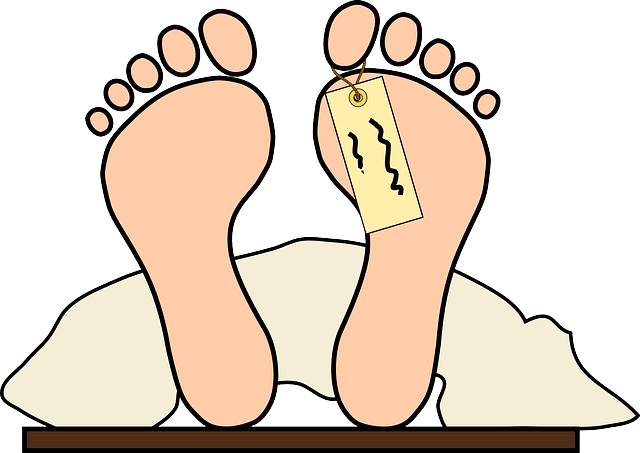Skin tags, caused by friction, hormones, or genetics, are common harmless but embarrassing growths appearing on the neck, armpits, and groin. Categorized as acral or non-acral (with non-acral being more frequent), these tags can be removed effectively through various methods including over-the-counter creams with salicylic acid or podophyllotoxin, cryotherapy, surgical excision, or Birmingham Tag Removal procedures administered by dermatologists.
Are you tired of dealing with unsightly skin tags? This comprehensive guide will help you understand what causes these small, harmless growths and explore effective removal methods, including top-rated Birmingham tag removal options. From home remedies to professional treatments, learn how to say goodbye to skin tags once and for all. Discover the best practices for a safe and successful Birmingham tag elimination journey.
Understanding Skin Tags: Causes and Types
Skin tags, also known as acrochordons, are small, soft skin growths that typically appear as hanging or creeping lesions on various parts of the body. They are usually harmless but can sometimes cause discomfort or embarrassment. Understanding their causes and types is an essential step in considering effective removal methods, such as Birmingham Tag Removal procedures.
The development of skin tags is often associated with several factors. One primary cause is friction, where repeated rubbing of skin against clothing or other surfaces leads to the formation of these growths. They are particularly common in areas subjected to friction, such as the neck, armpits, and groin. Skin tags can also be linked to hormonal changes, pregnancy, obesity, or certain genetic predispositions. Different types include acral and non-acral tags, with non-acral tags being more prevalent and often found on the neck and body.
Effective Removal Methods for Birmingham Tag Elimination
When it comes to Birmingham tag removal, several effective methods have proven successful in eliminating these small skin growths. One popular approach is using over-the-counter creams or medications that contain ingredients like salicylic acid or podophyllotoxin. These substances help to dissolve the skin cells forming the tag and are easily accessible at pharmacies or online.
For more persistent or larger tags, medical procedures such as cryotherapy (freezing with liquid nitrogen) or surgical excision might be recommended. Cryotherapy is a quick, in-office procedure that freezes and destroys the tag, while surgical excision involves a small incision to cut out the growth. Both methods are commonly performed by dermatologists and have high success rates for Birmingham tag removal.
Skin tags, while common, can be unsightly and uncomfortable. Understanding their causes and various removal methods, like those suitable for Birmingham tag removal, is empowering. Safe and effective options range from at-home remedies to professional treatments. Remember that consultation with a dermatologist is key for the best approach tailored to your needs. With the right care, you can bid farewell to these small skin concerns and regain confidence in your appearance.
